By Nathan N. Prefer
The surrender did not begin well. As First Lieutenant Virgil Lary stood in the road next to a snow-covered field just south of Malmédy, Belgium with his hands raised, one of the German tankers poked his head out of the hatch and fired twice at him with his pistol. Lieutenant Lary ducked for cover. The tanker then shot and killed a captain standing nearby.
But as more and more of the Americans stood with hands raised, the Germans opened the tank hatches and came out to accept the surrender. One of them said, in perfect English, “First Panzer SS welcomes you to Belgium.”
The 1st SS Panzer Regiment had ambushed Battery B, 285th Field Artillery Observation Battalion just south of the Baugnez crossroads in Belgium on the afternoon December 17, 1944. Within 10 minutes, Battery B was completely overwhelmed. The events that followed would make the name “Malmédy” synonymous with the single worst massacre of Allied troops in Europe during World War II.
The fateful encounter took place on the second day of the Battle of the Bulge, the German Ardennes offensive Operation “Watch-on-the-Rhine” (Wacht-am-Rhein).
According to the plan, personally approved and insisted upon by German Chancellor Adolf Hitler, after the way west had been cleared of American defenders by infantry divisions, SS-Obersturmbannführer (Lt. Col.) Joachim “Jochen” Peiper was to dash ahead to the Meuse River and seize crossings there. The 28-year-old Peiper was leading some 5,000 officers and men of the 1st SS Panzer Regiment of the 1st SS-Leibstandarte Panzer Division. His command was one spearhead of SS-Oberstgruppenführer (General) Josef Dietrich’s 6th SS Panzer Army whose mission was to reach the Meuse, cross it and strike for the critical Allied port of Antwerp.
But the advance infantry units—Maj. Gen. Walther Wadehn’s 3rd Parachute (Fallshirmjäger) Division and Maj. Gen. Gerhardt Engel’s 12th Volksgrenadier Division—had fallen behind schedule. American resistance had been stronger and fiercer than expected in some places, and the infantry formations had been significantly delayed in their progress to clear a path for Battle Group (Kampfgruppe) Peiper.
Born on January 30, 1915, Peiper was a well-educated German officer, fluent in English and French, and with a reputation of being a highly capable commander of combat units. By the age of 25 he had already reached battalion command in an elite SS infantry division. By 1943 he was a regimental commander with experience in Poland, France, and Russia. In December 1944 he was commanding the 1st SS-Panzer Regiment of the 1st SS Leibstandarte Panzer Division. Described as tall, good-looking with light brown hair, he could be easygoing but also had a hair-trigger temper. On this December day in the snow-covered Ardennes Forest, he was fuming.
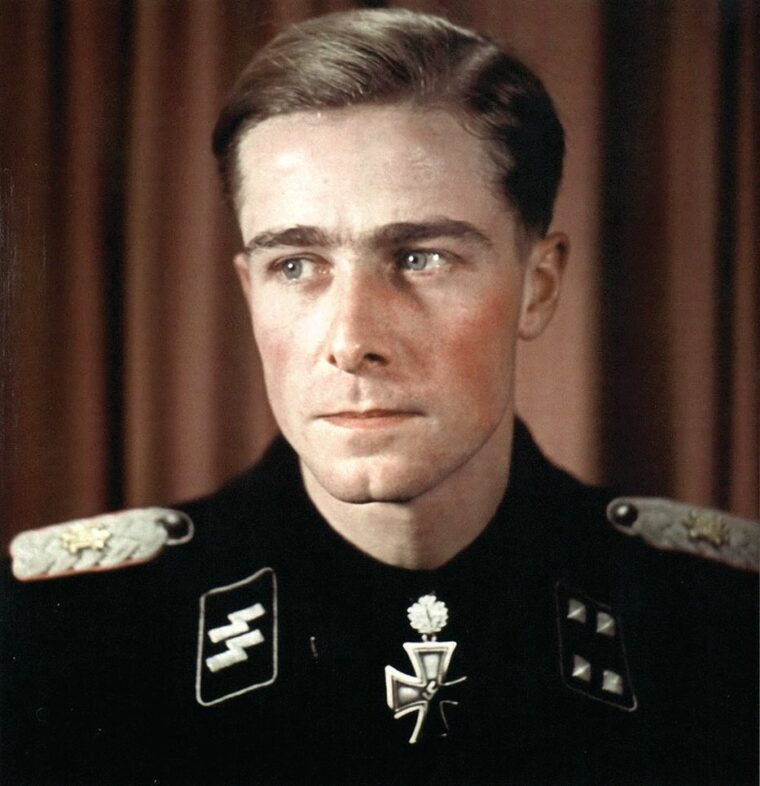
The advance infantry units—Maj. Gen. Walther Wadehn’s 3rd Parachute (Fallshirmjäger) Division and Maj. Gen. Gerhardt Engel’s 12th Volksgrenadier Division—had fallen behind schedule. American resistance had been stronger and fiercer than expected in some places, and the infantry formations had been significantly delayed in their progress to clear a path for Battle Group (Kampfgruppe) Peiper.
In an operation that had been launched with the barest levels of ammunition, food and fuel, every moment counted. Further, the operation counted on bad flying conditions, eliminating the presence of the muchfeared Allied aircraft, which could not last forever.
Peiper also was aware that the longer the delay, the more coordinated the American resistance would become. Speed was the key factor for a German success. And now that speed was threatened by the delay in getting his command to the forefront of the fighting.
Impatient with the continuing delays, Peiper decided to take matters into his own hands. He attached a battalion of the 9th Parachute Regiment to his battle group, and then moved ahead on his own to his assigned route, Rollbahn “D,” to accomplish his mission.
Knowing that the Americans were still resisting to his front, he decided to continue his advance during the night, knowing darkness would conceal his movements and strength.
Peiper placed two Panther tanks to the front of his column, supported by the paratroopers who were to protect and guide the tanks forward. The rest of the column rode on the nearly 800 following tanks, trucks, and captured vehicles that made up the group’s motor column.
In complete darkness, the column slowly moved ahead. At the little German village of Buchholz, his men routed Company “K” of the 394th Infantry Regiment, 99th Infantry Division, most of whom were captured. But one gallant soldier of Company “K,”a radioman, hid in a cellar and reported on Battle Group Peiper’s strength, route, and composition before being taken prisoner.
After securing Buchholz, the paratroopers halted to await the arrival of supporting artillery. But Peiper would not waste another moment and ordered the column to push ahead. It remained a difficult march, in the pitch darkness, over snow-covered roads, amid dense forests which came to the road edges in most places, and which most likely contained groups of the enemy, while the Germans were completely ignorant of where the next opposition might be waiting.
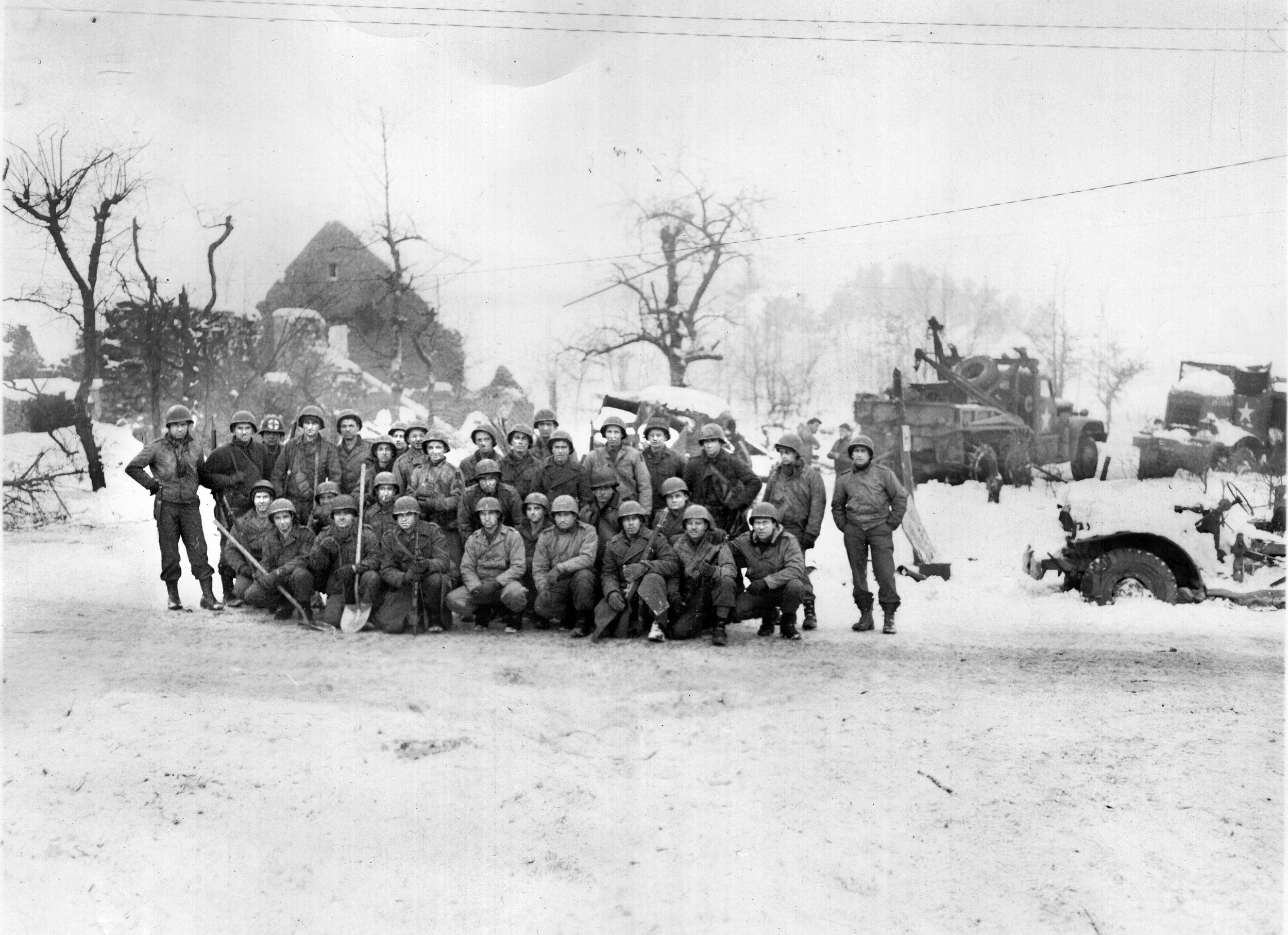
The next village was Honsfeld, a rest center for the 394th Infantry. Here, the Americans were anticipating the arrival of singer-actress Marlena Dietrich for a USO show.
Instead, they received Battle Group Peiper.
Private First Class William Hawkins of the 612th Tank Destroyer Battalion had arrived the night before. He said that he was “sleeping in the attic with three or four other buddies when I was awakened about daylight by one of our men and told to get up as the Germans had us completely surrounded. I kicked him downstairs and told him not to bother us anymore as I thought he was pulling a prank.
“Immediately one of our sergeants came up the stairs two at a time and informed us that this was no prank but the real thing, at which we all jumped up and began looking out of the windows and saw German soldiers everywhere we looked.”
One of the SS soldiers later said, “There were [Americans] everywhere. We disarmed them at once and broke up their weapons. Then we drove them out into the street and started to count our loot in chocolate and cigarettes.”
Suddenly, the Americans began to fight back. Sergeant Devers Bryant, a member of the 612th Tank Destroyer Battalion, jumped to his gun. “The Germans had taken cover in a barn about 50 yards away,” he remembered after the war, “and were shooting at the house. I put a shell into the barn; hay, wood, and men flew everywhere.”
Two other anti-tank guns knocked out two Panthers, then took on a King Tiger but the shells just bounced off it. The Tiger, in turn, blew both guns away.
Once again the Germans rounded up prisoners from the 99th Infantry Division, the 14th Cavalry Group, and other smaller units. Anyone resisting was cut down by automatic weapons fire from the Panther tanks or the paratroopers. One German propaganda photographer snapped a photo of the paratroopers stripping boots off dead American soldiers, a photo that appears in many books about the Battle of the Bulge.
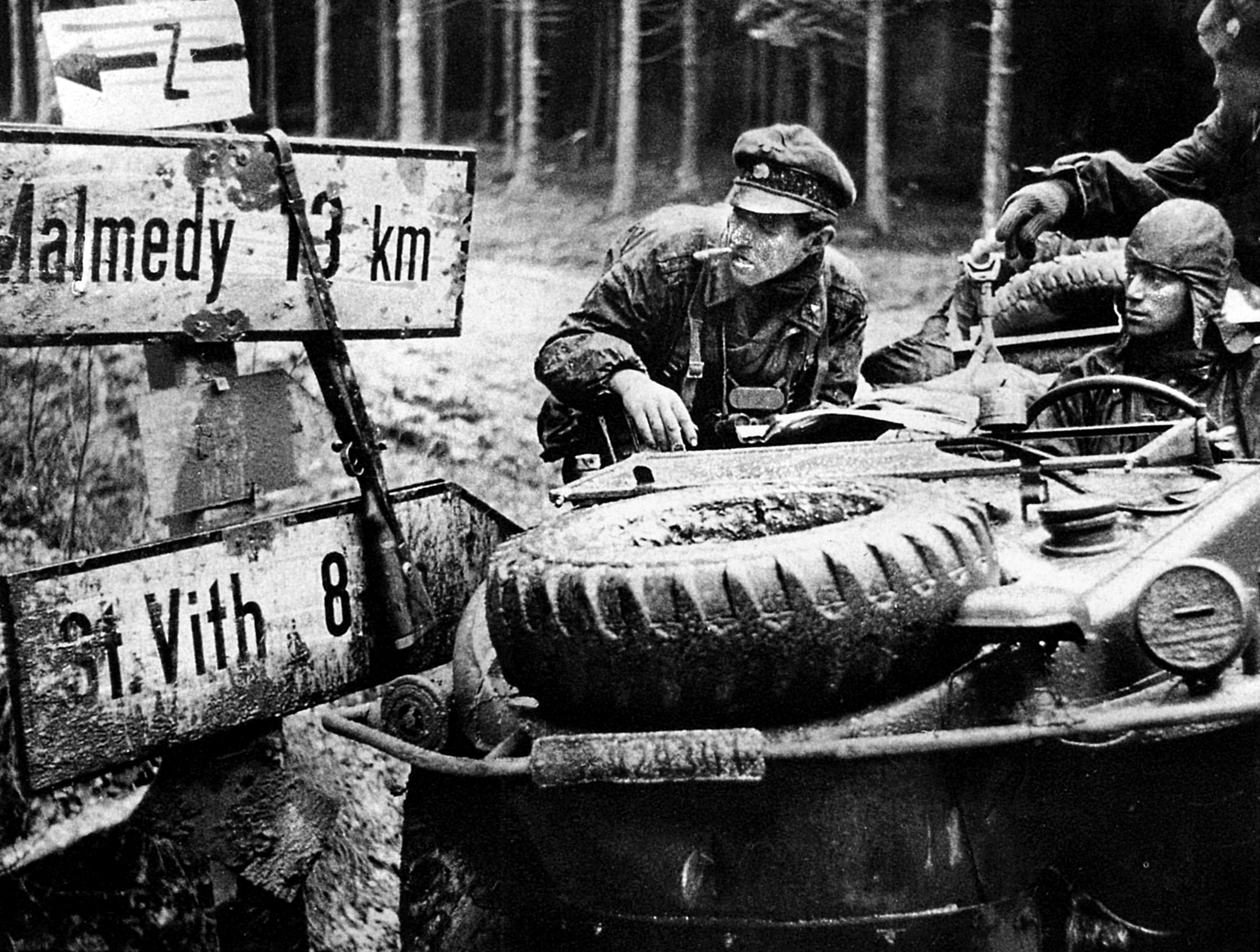
But the resistance in Honsfeld, however brief, cost Peiper’s battle group several vehicles. These losses were made good, however, by the capture of dozens of trucks, reconnaissance vehicles, M-8 armored cars, and anti-tank guns. It was also at Honsfeld that the first recorded atrocity by Battle Group Peiper occurred. At least fifteen (some sources say 19) Americans soldiers and three Belgian civilians, including a 16-year-old girl, were executed during the Germans’ brief occupation of the village.
Evidence that time was growing short came when the battle group left Honsfeld as daylight was breaking. American fighter-bombers struck from the skies and destroyed several more of the group’s vehicles. They were only deterred from additional damage by the appearance of German fighter aircraft.
But a more serious problem was developing for Peiper: his fuel supplies were growing short. The need to move slowly over the single road, the constant delays, and the combat had all depleted his fuel stocks to dangerous levels.
His orders allowed him to seize and use any captured American supplies of fuel he encountered, but none had appeared on his assigned route thus far. But he did learn of an American fuel dump at the village of Büllingen, a few miles to his north. Despite orders restricting him to “Rollbahn D,” Peiper decided to go for the fuel. Without fuel, he knew he could never complete his assignment.
Leaving his assigned route, he directed his column to Büllingen. Along the way, he ran into eight American supply trucks, which he captured. Then he came across a small airstrip that had housed a dozen of the small L-5 artillery-spotting aircraft; 11 out of the 12 managed to fly to safety before his arrival.
The battle group continued to Büllingen, where once again their arrival was unexpected. Here, they captured a company of the 2nd Infantry Division who were lining up for breakfast. Those of this company who did not escape were put to work filling the fuel tanks of the battle group’s hundreds of vehicles with 50,000 gallons of gasoline. Fifty Americans were then taken prisoner.
Here, too, the atrocities continued when SS Lt. Col. Josef “Jupp” Diefenthal, commanding one of the battle group’s battalions, executed a wounded American soldier. (After the war, Diefenthal would be tried and convicted of war crimes.)
Now aware of the battle group’s location, American artillery hurried the exit of the Germans from Büllingen. The Americans feared that Peiper would continue north to Elsenborn Ridge and turn the flank of the defending 2nd and 99th Infantry Divisions holding that vital blocking position; neither American unit had any troops protecting its rear at the time.
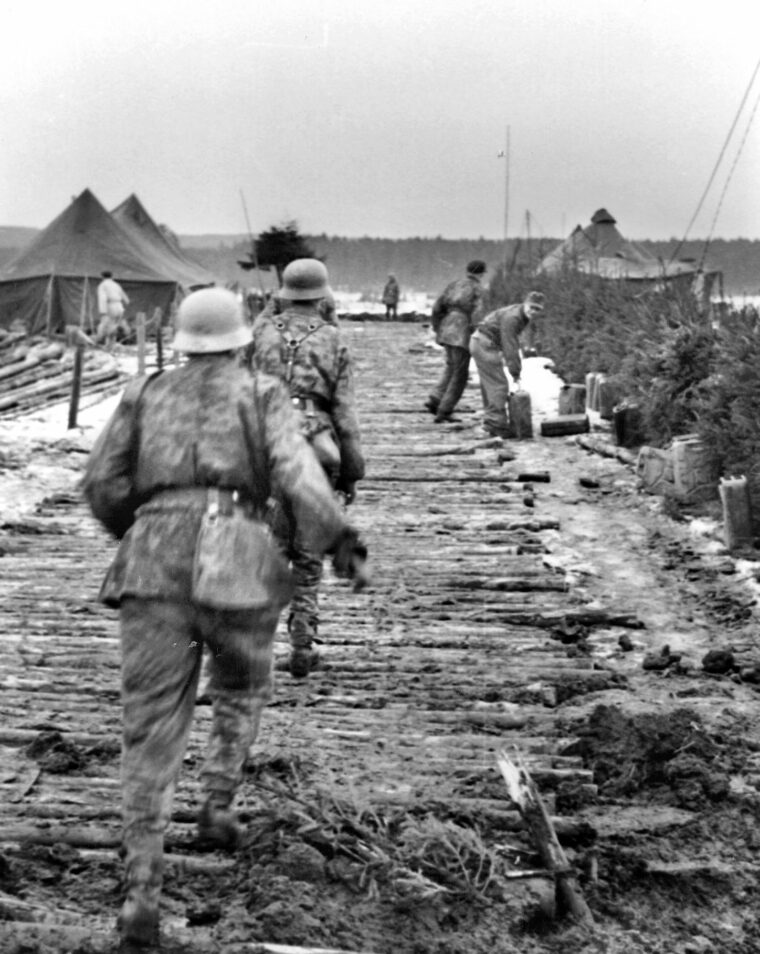
But the German plan had been extremely specific about which routes each attacking column was to take, and for Battle Group Peiper, that was “Rollbahn D.” As a result, Peiper missed a great “what if” opportunity when he turned back to his assigned route to the Meuse.
The turn northward and the subsequent turn back south seems to have made things more difficult for the battle group. Instead of returning exactly the way he had come, Peiper turned southwest over a series of minor roads that slowed his advance and threatened to halt it altogether.
This part of the journey seemed to dissuade Peiper from continuing as he was, and he turned his column again, this time to the northwest to reach Route N32 at the Baugnez crossroads. This well-surfaced road would speed his advance and allow him to turn south over much better roads than he had been taking.
However, all this twisting and turning slowed the battle group’s advance to, at times, as little as four miles per hour, costing it time and fuel, something that the Germans simply could not afford. Even then, Peiper knew that Route N32 was not his assigned route, but one assigned to the 12th SS Panzer “Hitlerjugend” Division.
He had no current information on that division’s location and would not have been surprised to run in to it when he reached Route N32. But he believed it was the fastest way back to his own assigned route. If he could reach the Baugnez crossroads, he could again turn to Ligneuville and his assigned route over good roads, thus making up some time.
Along the way he continued to encounter small, jeep-mounted patrols, some of which began reporting his position and direction. This lack of resistance convinced Peiper that he had broken through the American resistance and that, other than the occasional enemy patrol, the way lay clear to the Meuse.
But news of the battle group’s approach soon reached Ligneuvulle, and the headquarters of the U.S. 49th Anti-Aircraft Artillery Brigade quickly evacuated the town. Nearby lay the village of Malmédy, one of the larger towns in the Ardennes, not unlike St. Vith or Bastogne. A village of about 5,000 people, it dated back to AD 651 when a religious abbey had been founded there. The old stone buildings forming the village were located at an important crossing point over the Warchenne River.
During the current crisis, it had been designated as the assembly point for the 30th Infantry (“Old Hickory”) Division, before it entered the ongoing battle. The “Old Hickory” division was rushing there from General William H. Simpson’s Ninth U. S. Army as a reserve force.
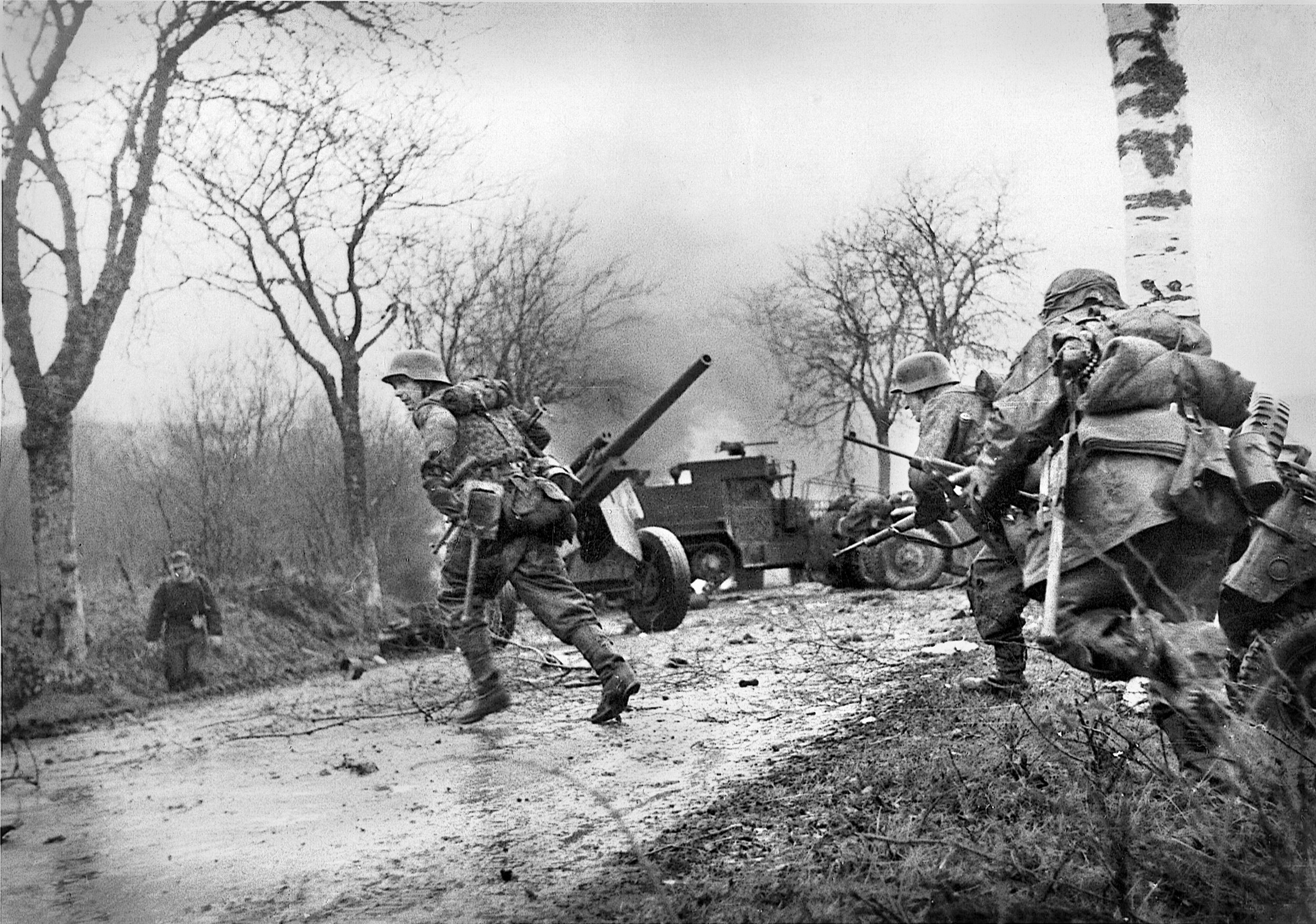
Refugees had doubled the population of Malmédy, and German long-range artillery had already hit the town on several occasions, inflicting civilian casualties. As the Germans approached, Allied flags, readied to celebrate liberation, were hidden away, and American soldiers began destroying supplies stored in the vicinity.
American units based there, including the 47th Field Hospital, 546th and 575th Ambulance Companies, a reinforcement depot, a civil-affairs section, and other administrative units all packed up and withdrew. Fleeing civilians choked the roads west.
But Peiper was not interested in Malmédy. When his column finally reached route N32, they turned west towards the Baugnez crossroads. His attention was focused on getting back to “Rollbahn D” as soon as possible.
As his leading troops approached the crossroads, they reported sighting a small American convoy. They reported about 30 6×6 trucks, Dodge weapons carriers, and jeeps coming up the hill from Malmédy and turning at the crossroads. This was Battery B, 285th Field Artillery Observation Battalion, that was headed for Luxembourg City. Battle Group Peiper opened fire on the unsuspecting Americans.
Battery B, 285th Field Artillery Observation Battalion was what the Army called an “orphan outfit.” The battalion, and its individual companies, belonged to no higher headquarters, but were attached to larger units as needed. The individual companies were often miles from each other, serving as observation units for much larger artillery unit headquarters.
On December 12, 1944, Battery B had been stationed several miles north of the Ardennes in the Hürtgen Forest at Schevenhutte. It was to be part of the First U. S. Army’s pending drive to the Roer River. Having come ashore in September, it had fought in France, Belgium, and Luxembourg before arriving in the Hürtgen Forest.
As 1st Lt. Virgil Lary prepared the morning report for Battery B on December 12, he noted that it had a strength of only 138 officers and men, along with about 40-odd jeeps and trucks. Many of the men who had trained together at Fort Sill, Oklahoma, before coming to France, were still with the battalion. They had just received their mail, including several Christmas packages from home, and were under new orders to move to a town most had never heard of, Bastogne.
The artillerymen began to pack up and load their vehicles. Unaware of the coming German attack, they proceeded alone along the dank forest roads toward their new destination, hoping that they would be assigned to some larger unit and no longer be an “orphan.”
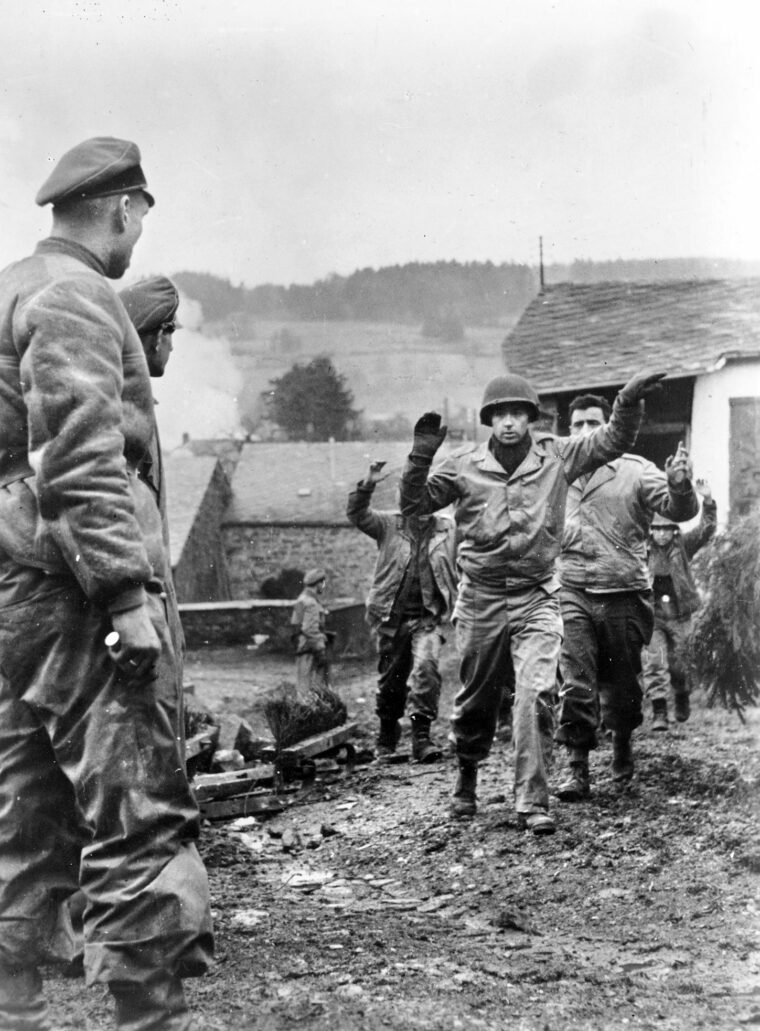
Unknown to Battery B, ahead of them another unit was also moving along these same roads. This was Combat Command Reserve (CCR) of the 7th Armored Division.
The 2,400 men and 450 tanks and trucks of CCR likewise had no knowledge of Battery B trailing several miles behind them. By December 17, CCR was passing through Malmédy where Lt. Col. David E. Pergrin and his 291st Engineer (Combat) Battalion were stationed.
Aware of the closeness of Battle Group Peiper, Lt. Col. Pergrin tried to persuade CCR to leave some protection for Malmédy, to no avail. CCR had a mission to the north and could not be delayed or reduced in strength. CCR continued its mission, and headed to the Baugnez crossroads, where military policemen of the 518th Military Police Battalion directed them on their next leg of the journey.
After CCR had passed through the crossroads, one of the two MPs left to return to Malmédy, leaving the other at the crossroads. Neither knew of the approach of Battery B, miles behind CCR.
About 15 miles north of Malmédy, Battery B pulled off the road for the noon meal.
As they resumed their journey, they picked up various stragglers from other units, some messengers, some medical corps men, others going to or coming from other units.
Exactly how many men were in the Battery B column when it passed Malmédy remains unknown. They passed through Malmédy soon after CCR, and asked directions from the MP there. Directed down the same road as CCR, they continued without pausing in the village.
As they entered the small grouping of homes at the Baugnez crossroads, one jeep pulled out of column to verify where they were and what route to take. They also inquired if any Germans had been in the area lately. Having received their responses, the three men returned to the jeep and rejoined the column. The weather was poor, with gray skies, snow squalls, and a cold wind blowing. MP Private Homer Ford waved them goodbye as they drove south out of town.
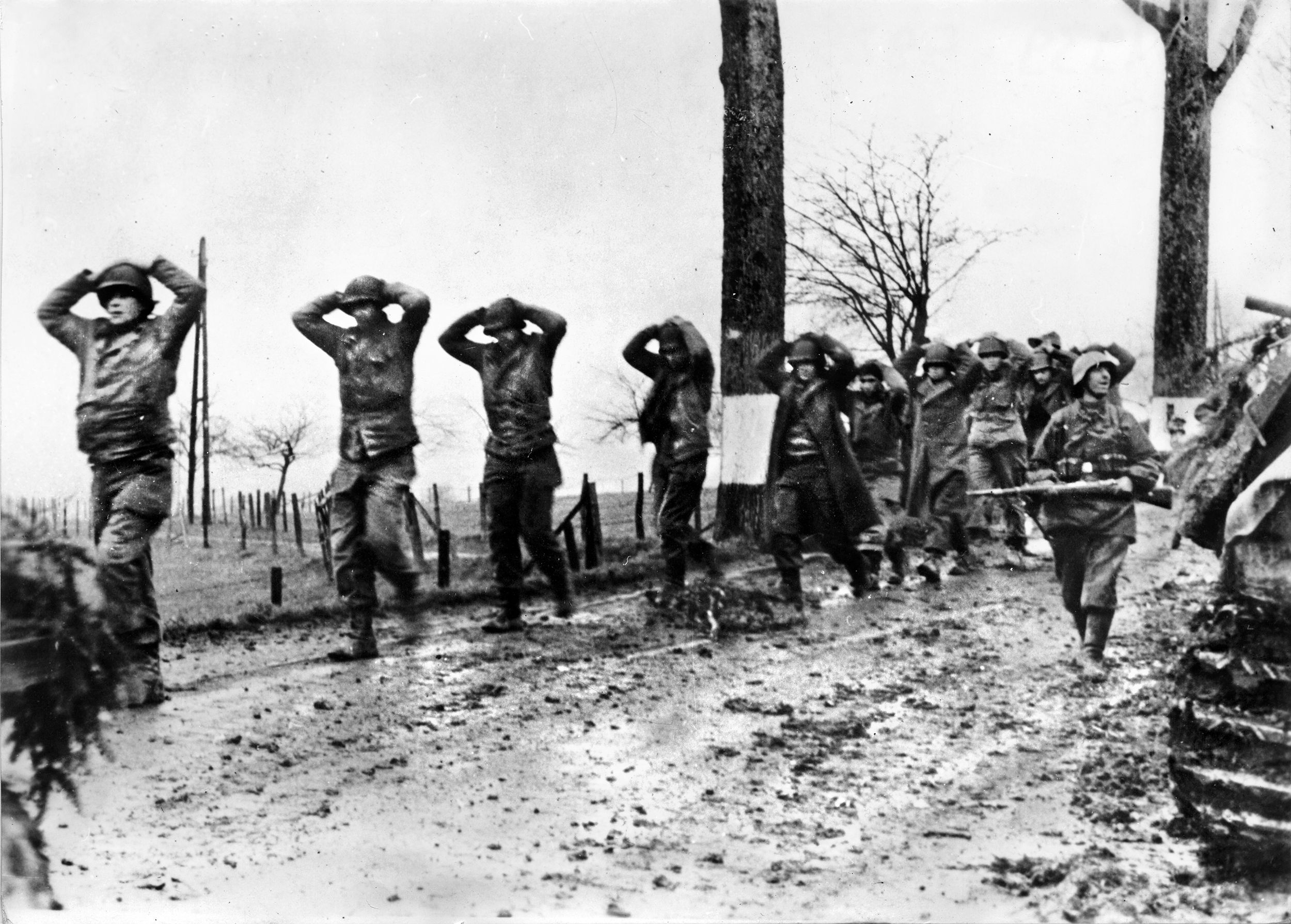
At about 1 p.m. on December 17, Battle Group Peiper arrived and opened fire on Battery B, 285th Field Artillery Observation Battalion, south of the Baugnez crossroads. At a range of about 800 yards across the open snow-covered fields, the Germans caught the Americans completely by surprise. One group then traveled across the fields towards the American column while a second, larger, group went down the road and turned to catch the Americans from behind.
The 10th SS Panzergrenadier Company, 1st SS Panzer Regiment, set the ambush using mortars to disrupt the confused American column. Lieutenant Lary had picked up a captain along the way, and now the two men in the jeep watched as the vehicle in front of them disappeared in a sudden explosion. Shell after shell ripped into the column, followed swiftly by machine-gun fire.
Lieutenant Lary frantically looked for an escape route, but there was none. Tanks and machine guns were all around the battery. Destroyed vehicles blocked the road while others had run off the road in a futile effort to escape.
The men of Battery B jumped from their vehicles and ran for cover along the road. Armed only with rifles, carbines, and some grenades, the artillerymen had no chance against tanks, machine guns, and mortars. One man tried to get a truck-mounted .30- caliber machine gun into action, but he was swiftly cut down by enemy fire. Others fell dead or wounded. Exactly how many could never be determined.
Back at the Baugnez crossroads, MP Private Ford had begun to think about a nice cognac at the local bistro when he heard shooting from the south. He recognized the distinct sound of German machine guns and intuitively knew that Battery B had been struck by enemy weapons. His first instinct was to run, but he did not. As stragglers came back to Baugnez, he gathered them behind a farmhouse for the moment. When a huge German tank pulled up nearby and blew up an ambulance, he led the group into a nearby shed where they hid.
Along the road to the south, American soldiers jumped into ditches or made a break for safety. Some made it while others did not. Back towards the middle of the German column, Peiper was interrogating a captured American officer when he first heard the shooting from the front of the column.
Peiper immediately became alarmed that the firing would give his position away to any nearby American combat units. He ordered his adjutant to rush to the head of the column and stop the firing. Meanwhile, Lieutenant Lary and the other officers of the battery, and the hitchhiking captain, conferred and agreed that there was no way out of the ambush. With considerable reluctance, the decision was made to surrender. The word was passed from man to man to cease firing.
Once the firing had slackened, Lieutenant Lary stood up with his hands raised. Soon others followed. Battery B surrendered en masse to Battle Group Peiper. It had fought for about 10 minutes against overwhelming odds.
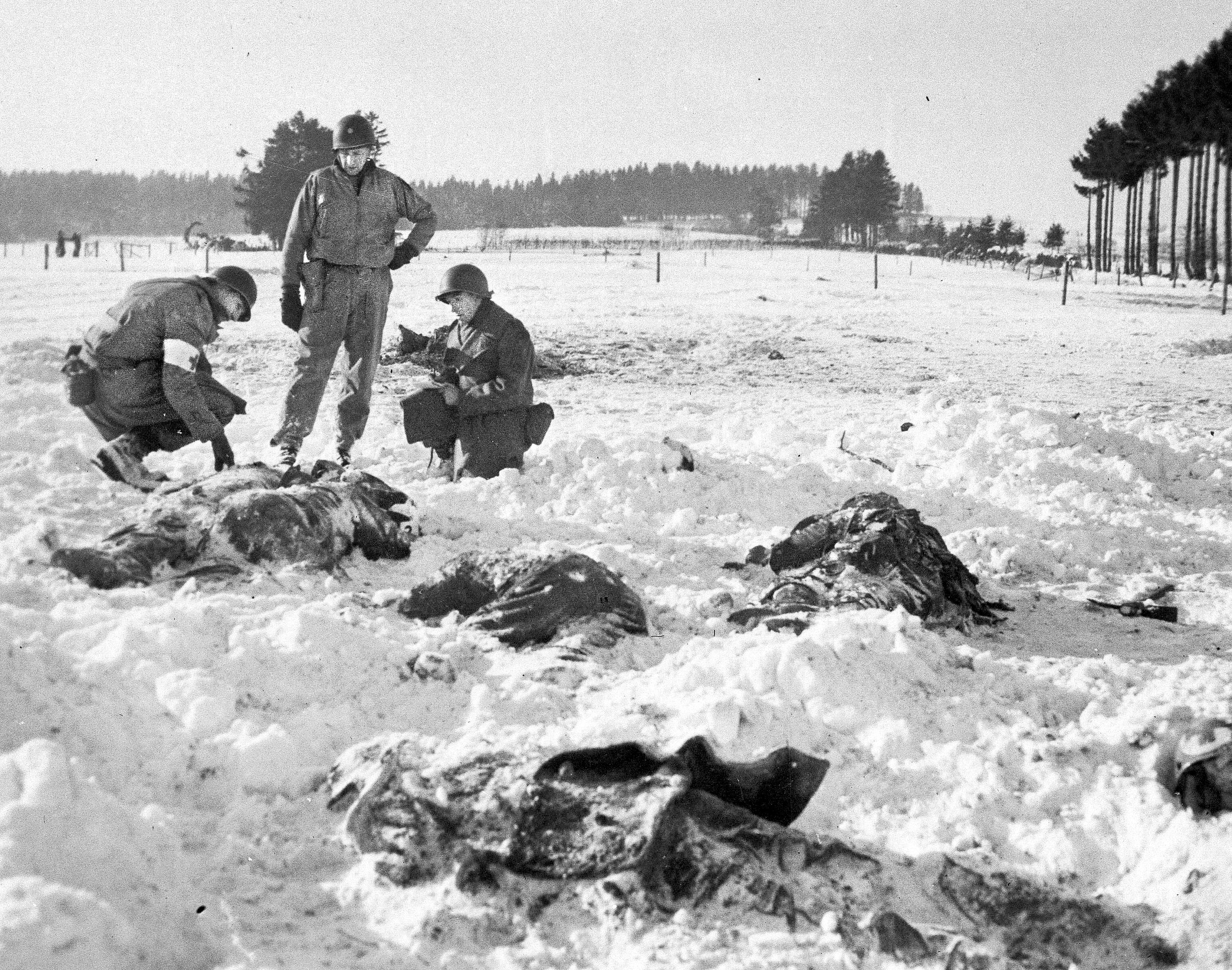
The surrendered Americans began to gather in small groups, for comfort and security.
Many began grumbling about being surprised by such a superior force, wondering why they had not been told that Germans were in their area. American officers were telling them to stand fast, obey orders, and everything would turn out all right.
German infantrymen began to close around them, gathering them into one large group.
Some began to take their rubber boots and gloves to replace their own worn-out equipment. Watches, rings, and other valuables also were confiscated. Some German officers and non-commissioned officers tried to find out which of the Americans were drivers, for they wanted their vehicles but needed drivers to be able to use them. Apparently not many of the Germans knew how to drive American vehicles. But, suddenly, not one of the Americans knew how to drive, either.
While this was going on, the main body of Battle Group Peiper passed without stopping, moving on to Ligneuville. Lt. Col. Peiper pulled out of the column to reprimand the leaders of the 6th and 10th SS Panzer Companies for the noise of the ambush, which he feared had alerted nearby American units. But when he saw the results of the ambush—prisoners and destroyed vehicles—he changed his mind and congratulated his troops.
He ordered them to turn over the prisoners to the 9th Panzer Pioneer [Engineer] Company while the combat troops resumed their march. Then he rejoined the column and proceeded west. For a while there was much activity at the Baugnez crossroads, with the German tanks and trucks rushing west and the captured Americans and their German guards moving east.
MP Pfc. Ford and the stragglers he had gathered in the barn watched as the prisoners were gathered outside Madame Bodarwé’s tavern, where only moments earlier he had been about to enter for a cognac. They watched as Lt. Col. Diefenthal organized the renewed looting of the Americans overcoats, wallets, watches, dog tags, buttons, and anything that caught the eye of the looters.
Then he ordered the Americans gathered in a nearby field, requiring them to climb over a stone wall. As they watched, they saw a group of Germans heading directly for their barn. Knowing there was no option, Ford and his companions surrendered.
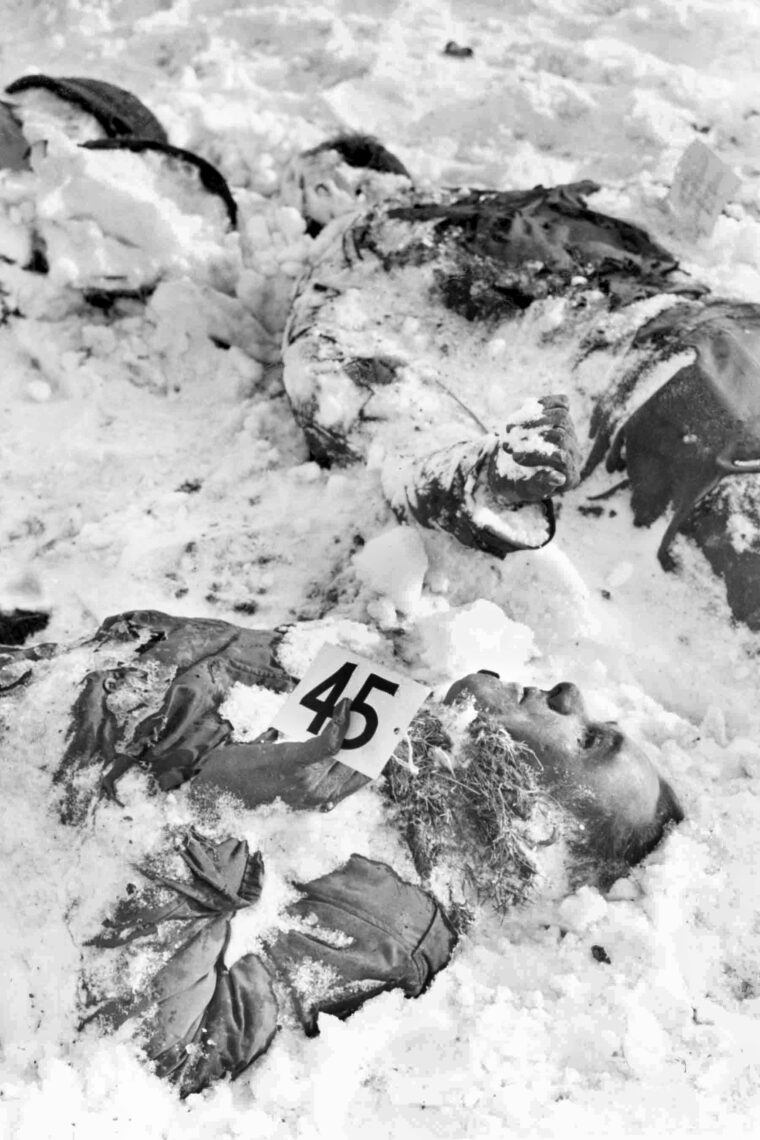
Belgian Farmer Henry Lejoy was watching this activity from across the road. He heard the Americans calling for medical treatment, saw others flushed from a small wood, hurried along by blows from rifle butts, while many wounded lay along the road. Others limped along on frozen feet, having lost their boots to the Germans. He was surprised by what he believed was the casual attitude of the prisoners, not understanding English nor American habits. The slow assembly of the prisoners, the refusal of any to volunteer as drivers for the captured vehicles, and the delays by the wounded all served to aggravate the men of the 9th SS Panzer Pioneer Company.
They hailed a passing self-propelled weapons carrier and asked that it point its 88mm antiaircraft gun at the assembled Americans to intimidate them into more cooperation.
But, as the armored vehicle moved into position off the road, it became bogged down in the mud, unable to direct its gun anywhere. Furious and frustrated, the officer in charge then hailed two passing tanks for support. These two vehicles pulled out of line and parked near the gathered prisoners. Several of the pioneers climbed aboard the tanks and sat with automatic weapons pointed at the prisoners.
Meanwhile, the German column continued to roll past the field. Time passed. The prisoners were held in the field, hands raised, but with no other efforts by the Germans to move them. Many wondered what was going to happen next. As the column rolled by, Tank Number 731 of the 7th Panzer Company was stopped by one of the 9th Panzer Pioneer Company officers.
The officer told the tank commander to join with the two tanks already guarding the prisoners and be prepared to “bump off” the American prisoners. He went on to say that permission had been received “from up ahead” to kill the prisoners so as not to slow the column.
The tank commander ordered Private Georg Fleps, already leaning out of his hatch, to fire on the prisoners since he was already holding a pistol. Private Fleps picked out a nearby target and opened fire.
Lieutenant Lary thought at first that he was the target, but he and other officers yelled to the prisoners to stand fast, thinking this was just a provocation by the Germans to make them run, and giving them an excuse to fire.
With the first American to fall, the rest became anxious and nervous about what was to happen next. Private Fleps picked another target and fired again. The man fell. Then came a third shot, but Lieutenant Lary and the others did not hear this one clearly, since several German machine guns had also opened fire. Even individual German riflemen opened fire.
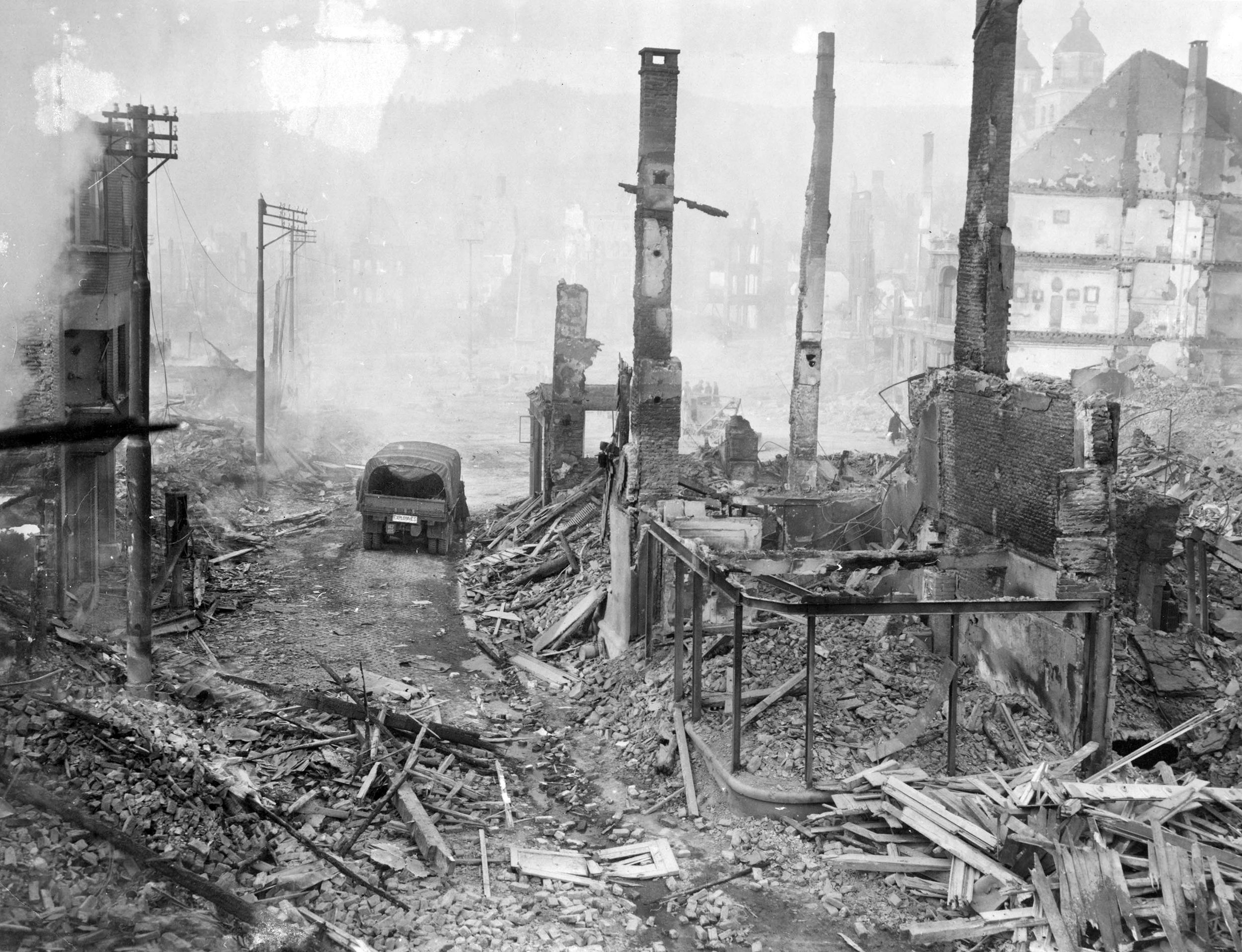
Row after row of American POWs crumpled into the snow.
Dozens of Americans fell, some dead, others wounded. Many unwounded survivors found themselves trapped under a pile of dead comrades. Lieutenant Lary survived the initial burst, falling to the ground. But even there he was hit in the foot. All around he could hear men crying out in pain.
MP Pfc. Homer Ford was one of those not hit, but he lay flat on the ground, not daring to move, as German soldiers walked among the field to kill anyone still alive.
Minutes earlier, in Malmédy, Lt. Col. Pergrin of the 291st Engineers had been trying to match his maps of the area with the terrain around him. He took his jeep and rode up to a nearby height to orient himself on his position when he heard a huge amount of gunfire in the distance.
He could identify the guns as German, firing fully automatic without pause. He could not see clearly what was happening, but as he tried to discern what the ruckus was all about, four American soldiers appeared in front of him, claiming that American soldiers were being massacred at the Baugnez crossroads.
At the killing field, the Germans finally jumped up on the tanks and left, believing that they had completed their mission. But not all the Americans were dead. Lieutenant Lary and MP Pfc. Ford were alive, as were several others. They had survived by playing dead, holding their breath so it would not fog in the cold air. Most were wounded, some suffering several wounds. But their ordeal was not yet over.
As other German units, not from Battle Group Peiper, rolled past, many fired randomly into the field. These troops, from the 1st SS Panzer Division, had not participated in the slaughter, but used the dead for target practice as they passed.
After perhaps an hour, all the road traffic had passed, and it was quiet at the crossroads. Only a platoon of German troops and an armored half-track remained to secure the area. Quietly, a voice in the field whispered, “Anyone else alive?” Several whispers responded. As many as 25 men had survived the massacre. Unable to stay in the snowy field, the men rose at a signal and raced for shelter.
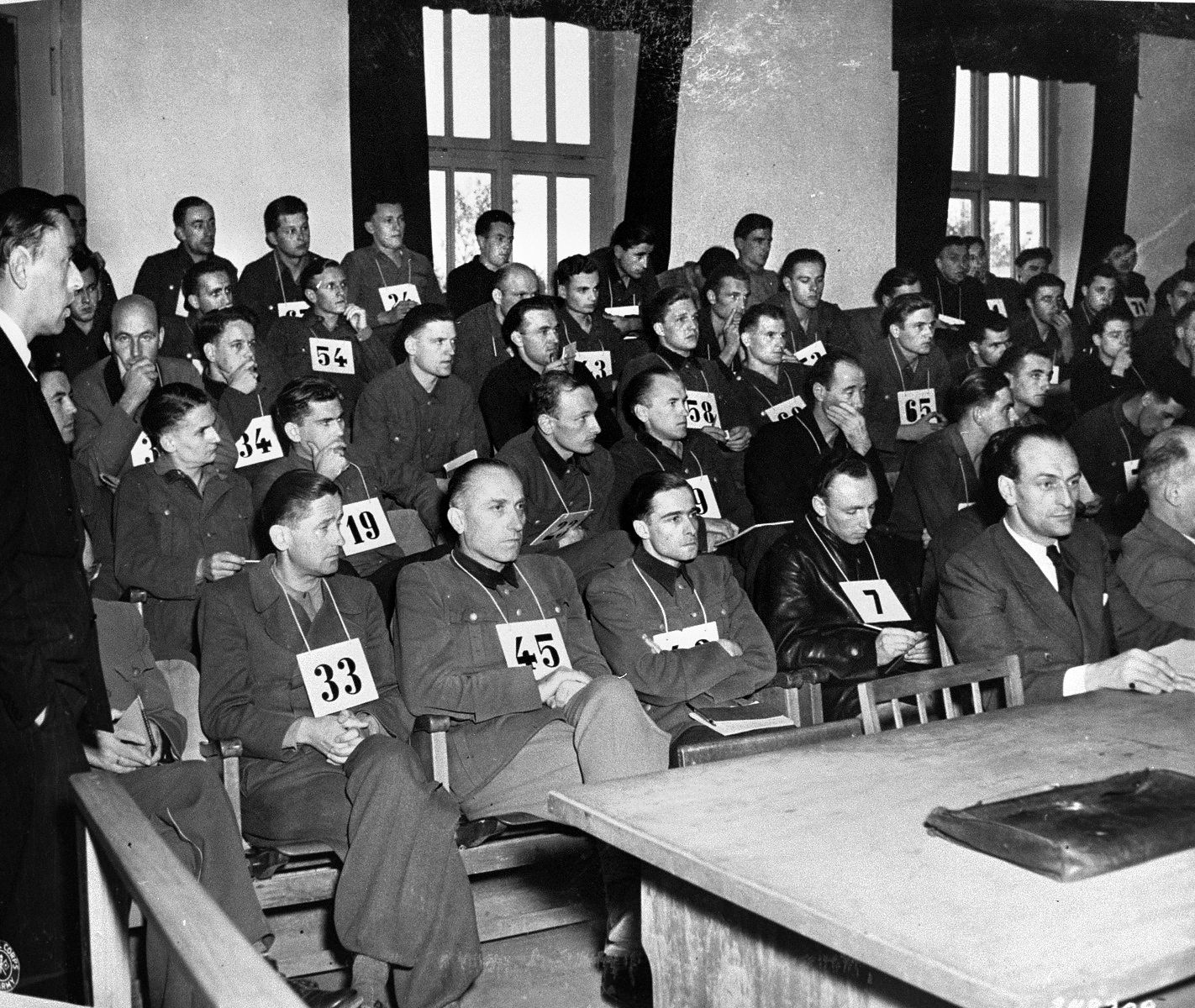
Another American reached the woods, where he survived until he reached the lines of the 291st Engineer (Combat) Battalion. Those who sought shelter in a farmhouse were surrounded by the Germans who set fire to the house. As the Americans rushed out, they were cut down. MP Pfc. Ford and two or three others ran all the way back to Malmédy, despite their wounds. Still others played dead in the bloody snow and waited until darkness to make their escape.
Pfc. Samuel Dobyns, a driver in the 575th Ambulance Company, was one of those who managed to escape. After the war he testified, “I saw three or four German soldiers shoot the wounded that were crying for help.” Another GI told a 1946 war-crimes tribunal that, after the Germans had stopped shooting, they went through the body-filled field “and went around kicking them. Anything that moved, they shot them.”
The Germans guarding the road were stunned but recovered swiftly and opened fire.
The men raced for cover in barns, houses, behind fences, and to any protection that looked secure. Lieutenant Lary raced to a shed where he and others took shelter. (Belgian civilians would later lead him to American lines.)
The precise number of American soldiers who were killed December 17 at the Baugnez crossroads has never been determined. No one kept any records of the men picked up along the way by Battery B. The best estimate suggests that between 113 to 160 officers and men were with the Battery B column when it was ambushed by the 1st SS Panzer Division. Many escaped the ambush before the surrender.
At least 46 men were known to have survived the actual shooting, four of whom later died of wounds. The “official” count of the dead is 86.
In addition, the Germans killed Madame Bodarwe, even though she welcomed them with candy and cigarettes, and told them that her two sons were serving in the German Army. They also burned down her café.
Lt. Col. Pergrin quickly returned to his headquarters and issued the first news of the massacre. Probably because he issued his report from Malmédy, the deaths at the Baugnez Crossroads became known to history as the “Malmédy Massacre.”
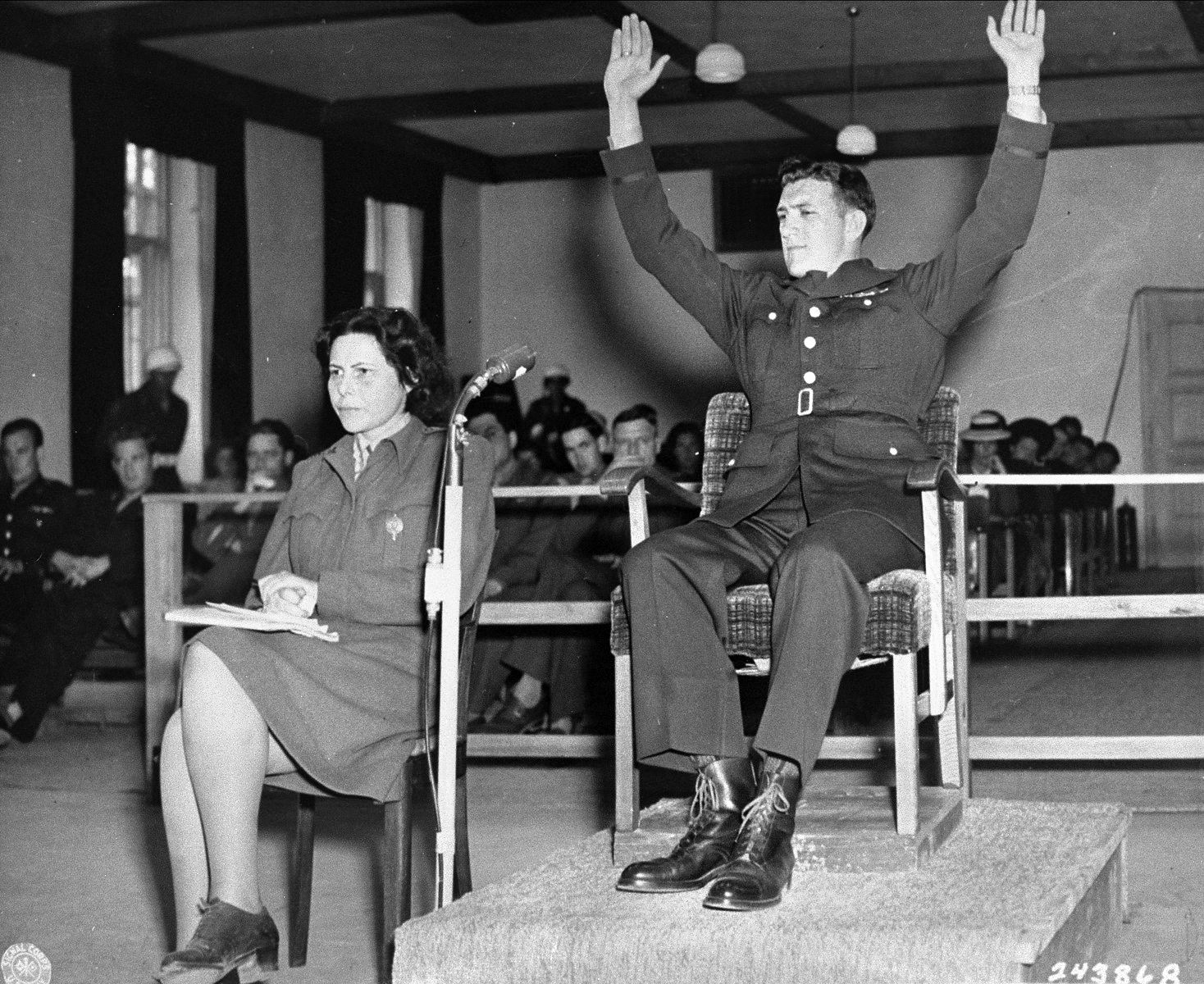
His report stated, “SS troops vicinity L8199 [map reference] captured US soldier, traffic MP, with about 200 US soldiers. American prisoners searched. When finished, Germans lined up Americans and shot them with machine pistols and machine guns. Wounded informant who escaped and more details follow later.”
Within hours Pergrin’s report had reached First U. S. Army Headquarters, which, on its own authority released it to the press. The Chief of Staff, Maj. Gen. William Kean, wrote, “There is absolutely no question as to its proof—immediate publicity is being given to the story. General [Elwood] Quesada has told every one of his pilots [9th Tactical Air command] about it during their briefing.” General Eisenhower authorized the story’s immediate release to the press at home. The area at the crossroads remained in German hands until secured by the advance of the 30th Infantry Division in mid-January 1945. At that time, 71 bodies were recovered from the snow-covered field where the massacre occurred. Considered a crime scene by the Americans, photographers recorded every aspect of the recovery. Full autopsies were carried out by the doctors of the 44th Evacuation Hospital. No attempt had been made by the Germans to conceal the deaths or their cause. Most had been shot to death, a few beaten to death, and there was no indication that anyone had attempted to escape. The news of the massacre traveled quickly. Within hours American troops knew what had happened to Battery B, albeit without the details, and a new hard line was soon being taken with any Germans who attempted to surrender. German SS troops in particular were looked upon not as soldiers but as murderers, gangsters, and dangerous even when surrendering. Many did not survive the attempt to surrender.
There are many lingering questions about the Malmédy Massacre. It is unlikely that it was premeditated, since Battle Group Peiper had no way of knowing that they would encounter Battery B, or any other American unit. It is possible the German guards were sufficiently angered by the American refusal to drive their vehicles, and the apparent slowness of gathering into one group, that they acted independently. There was also the need to keep moving, as time and speed were the essentials of victory for the Germans, who were aware of this.
When the German Army surrendered in May 1945, an immediate investigation was conducted by American authorities as to who was responsible for the atrocity. After some discussion, attention focused on four German officers: Lt. Col. Peiper, commander of Battle Group Peiper, Lt. Col. Werner Pötschke, commanding the 1st SS Panzer Battalion, Lt. Col. Jupp Diefenthal, commanding the 3rd SS Panzergrenadier Battalion, and 1st Lt. (Obersturmführer) Erich Rumpf, commanding the 9th SS Pioneer Company.
By this time, however, Lt. Col. Pötschke had died in combat in March 1945, so only the remaining three officers were brought to trial. All told, there were 76 defendants, including Private Fleps.
Testimony at the trial determined that it was 1st Lt. Rumpf that gave the order to open fire on the surrendered Americans, but that he had received permission “from up ahead,” either Lt. Col. Diefenthal or the late Lt. Col. Pötschke. Whether Peiper authorized the massacre has never been proven. After the war, most of the participants gave differing versions of what happened, with many swearing that they had seen and done nothing unusual at the crossroads that day.
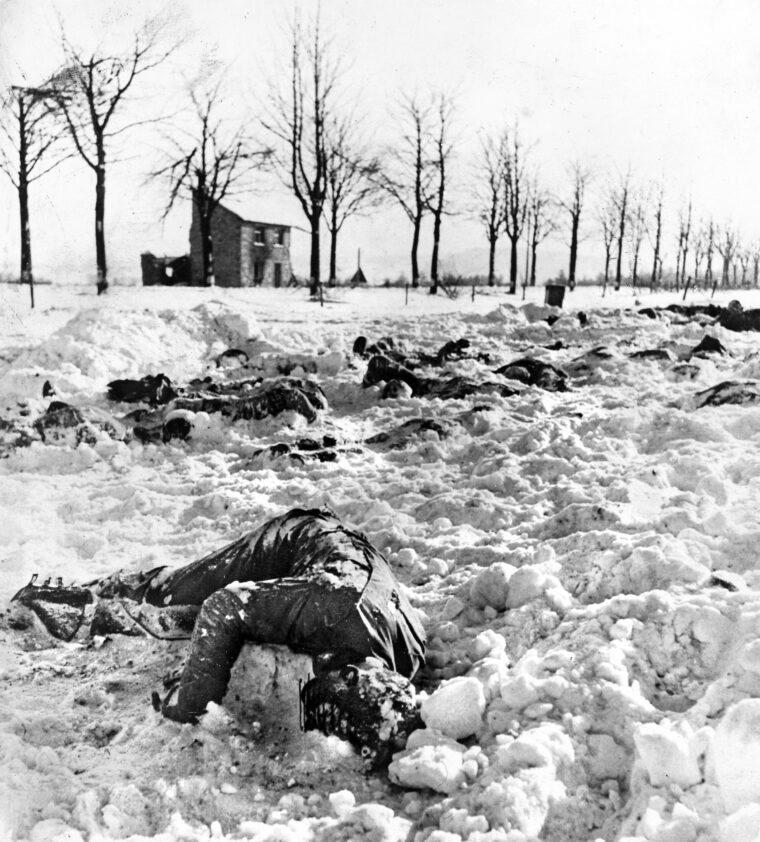
It should be noted that for the 1st SS Panzer Division, what did happen at the Baugnez crossroads was not completely unusual or out of character. Beginning with its combat debut in Poland, this unit, as did most SS units, had little regard for their opponents or the rules of warfare. After killing surrendered soldiers and civilians in Poland, the division went on to murder British soldiers during the battles around Dunkirk, and again in Normandy, where they executed dozens of surrendered Canadian troops.
Their record in Russia was also notorious for indiscriminate killings, burnings, looting and rape of a people they considered “sub-human.” This was a part of the belief that only by terror could they impose their will on the enemies of the Third Reich.
Nor was this massacre the only incident of murder committed by Battle Group Peiper during the Battle of the Bulge. As described, there were earlier incidents at Honsfeld and Buchholz. After Malmédy, the group captured some 20 American troops at Ligneuville on the Ambleve River. Angered by the delay and casualties caused by the defenders of Ligneuville, the Germans killed seven of the prisoners.
A similar incident involving soldiers and civilians occurred later at the village of Vau Richard—and at Cheneux, at Stavelot, at Trois Ponts, at Stoumont, at Wanne, at Lutrebois and Petit Thier. The U.S. Army’s official total is 308 captured Americans killed, and 111 civilians murdered by the 1st SS Panzer Division. Other sources give a figure of as high as 749 combined murders.
Nor was the 1st SS Panzer Division the only German unit to commit war crimes.
Many others did so, in many countries.
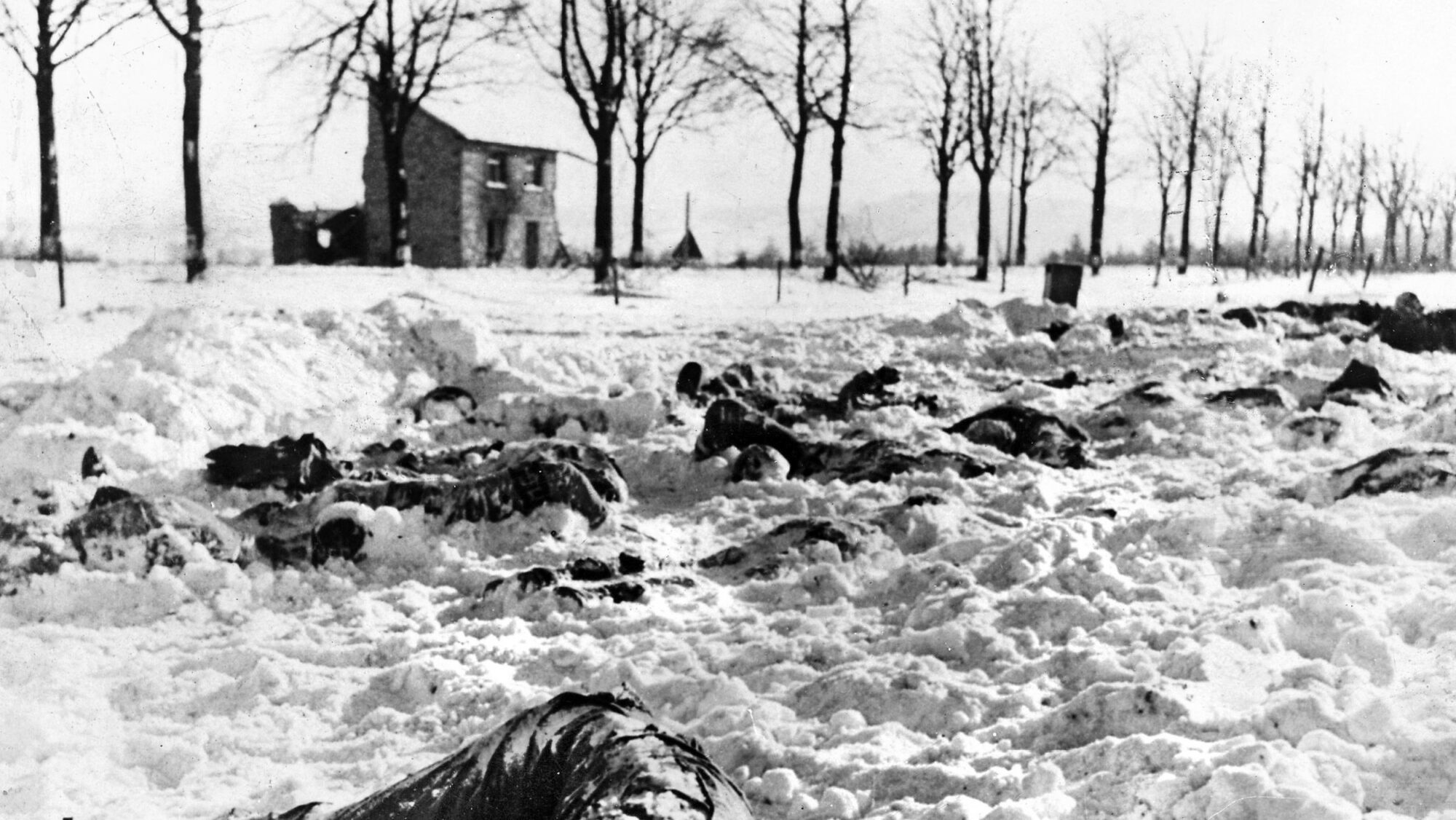
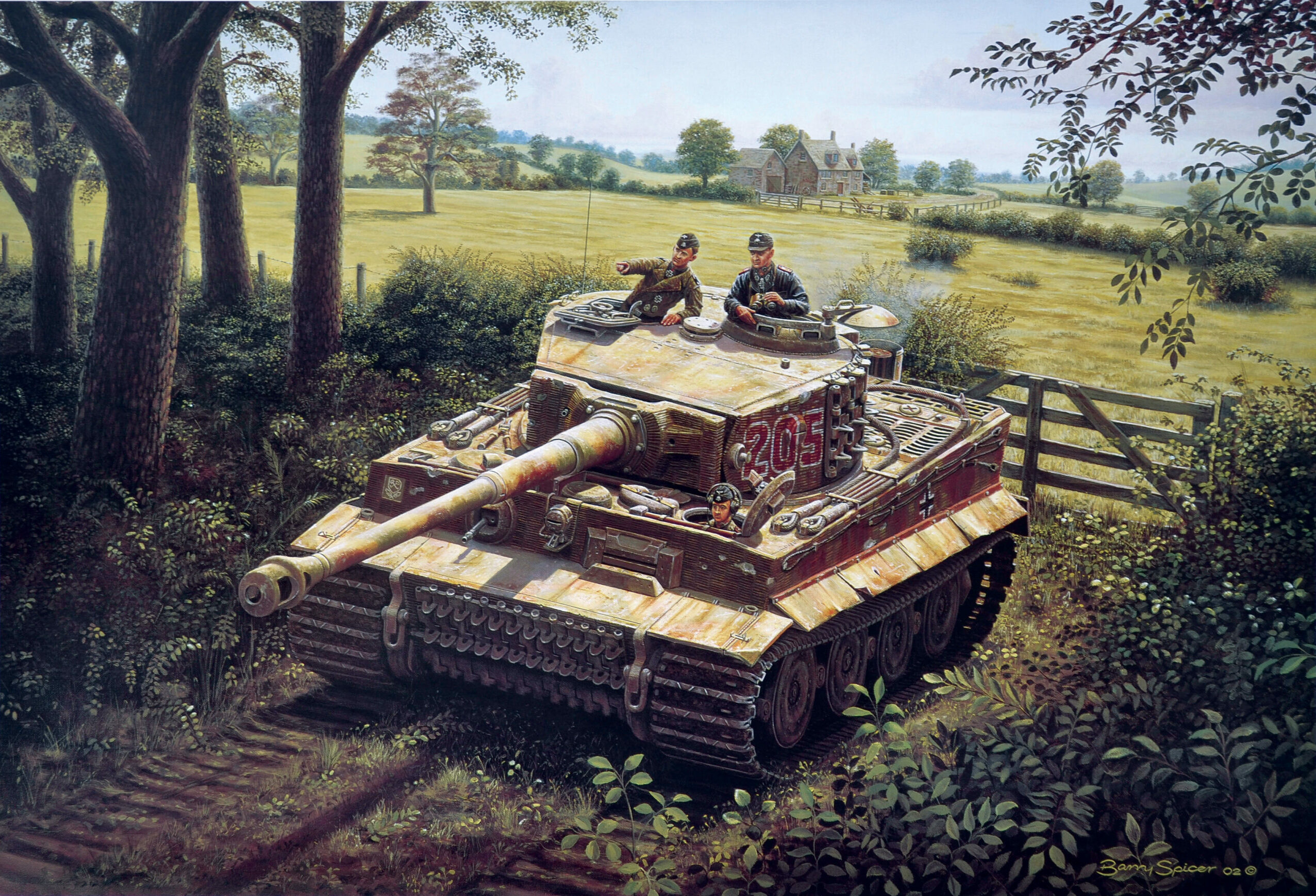
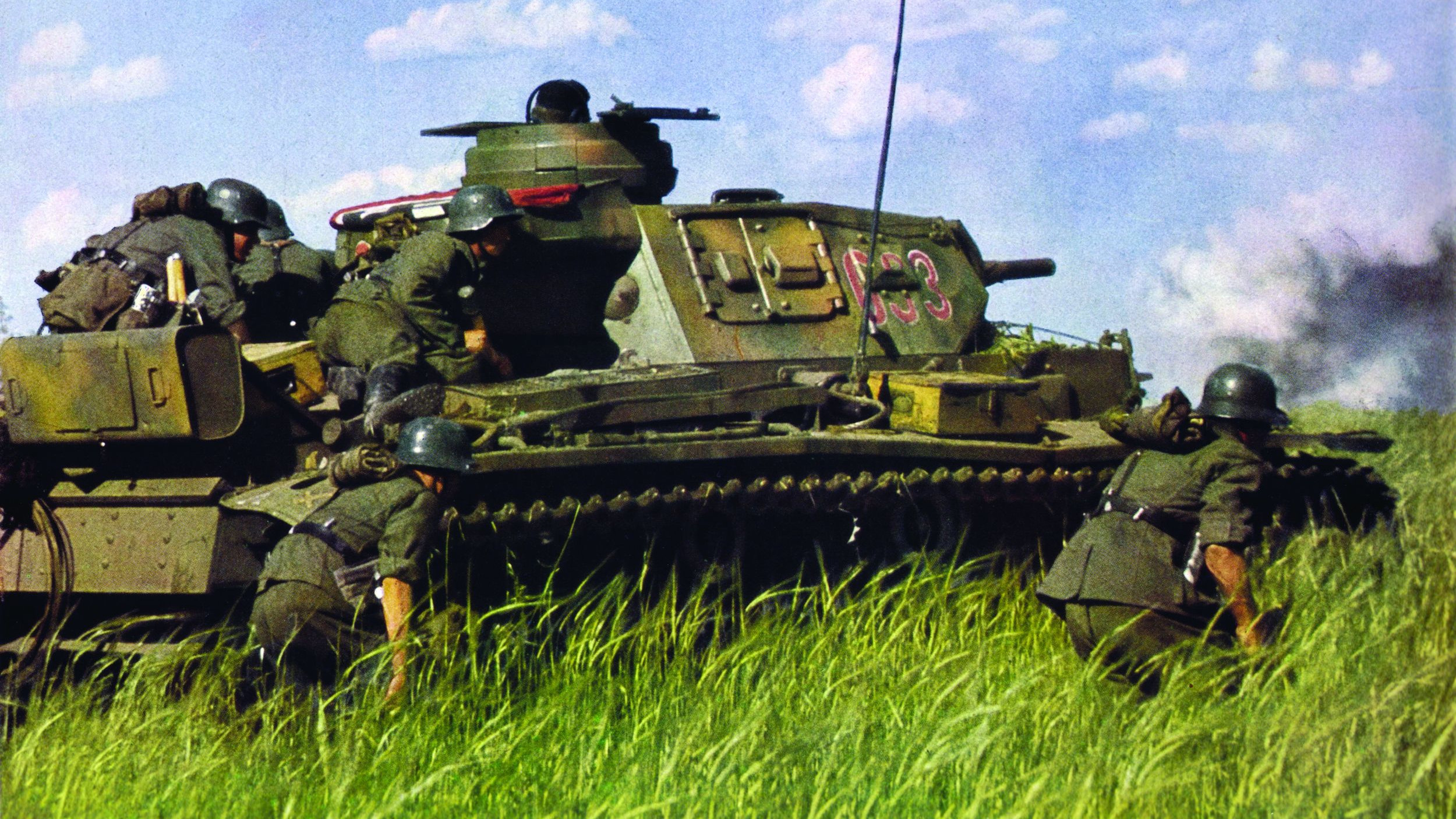

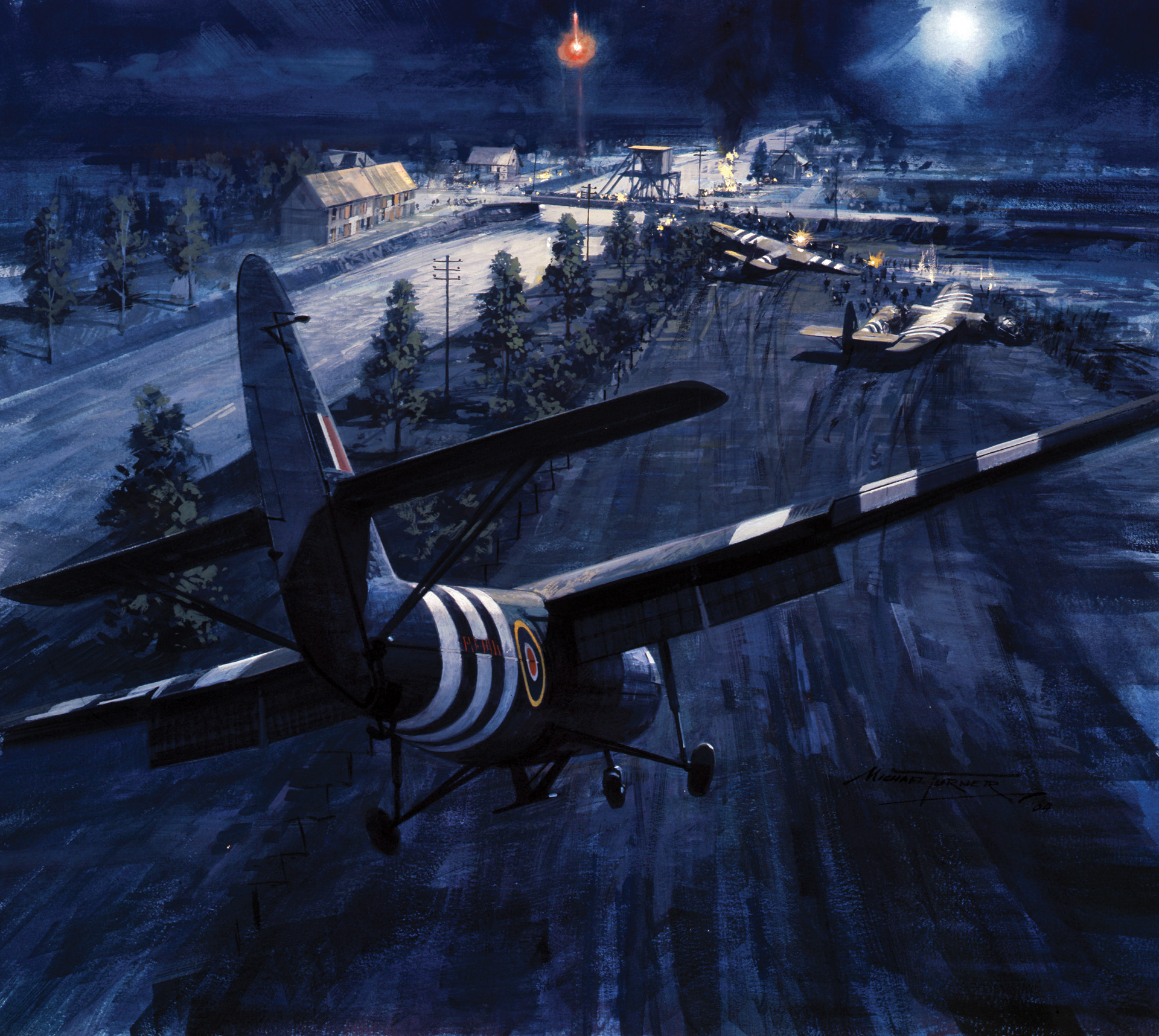
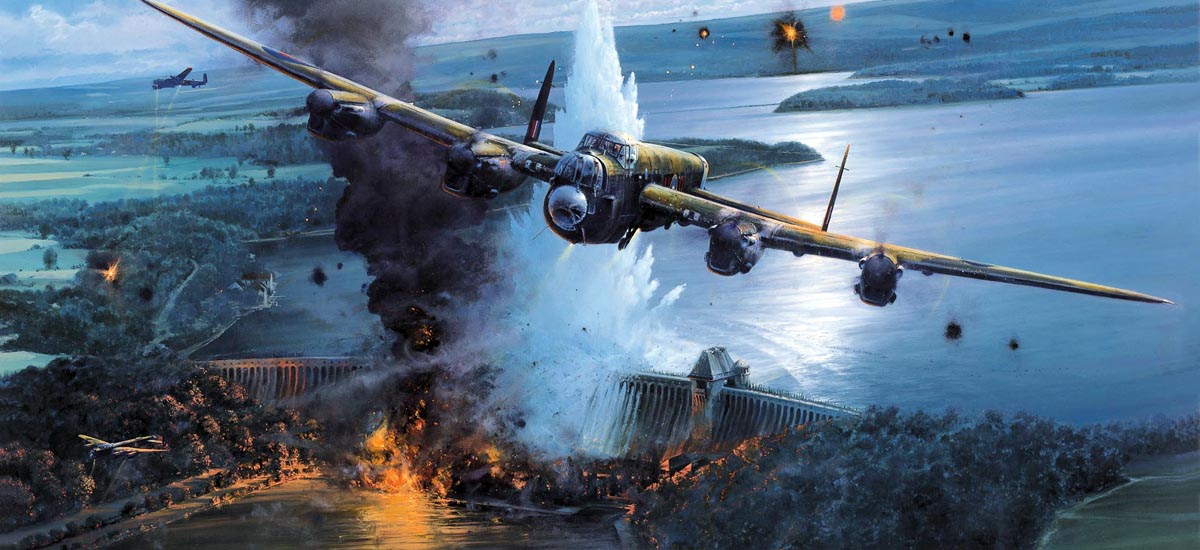
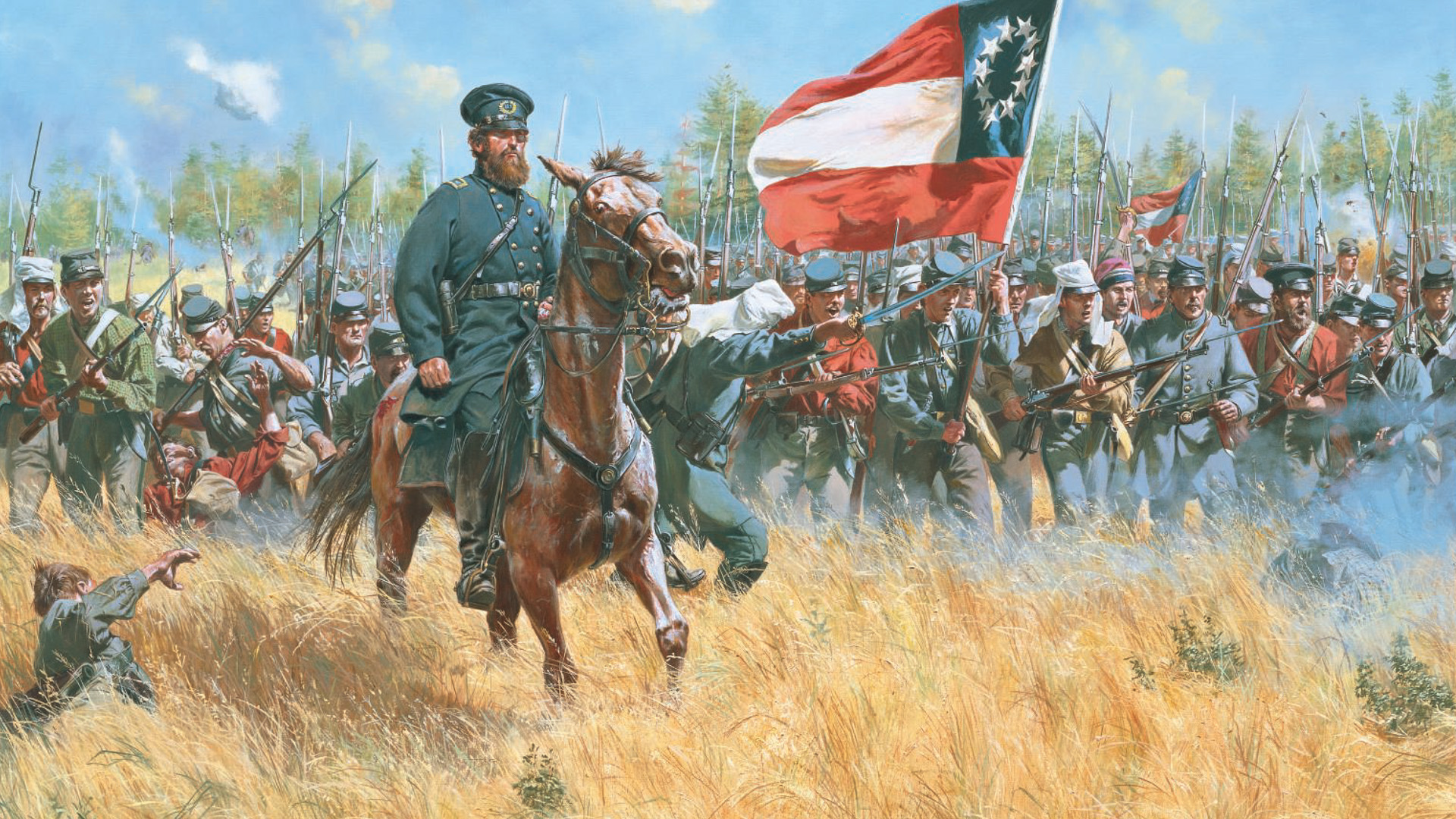
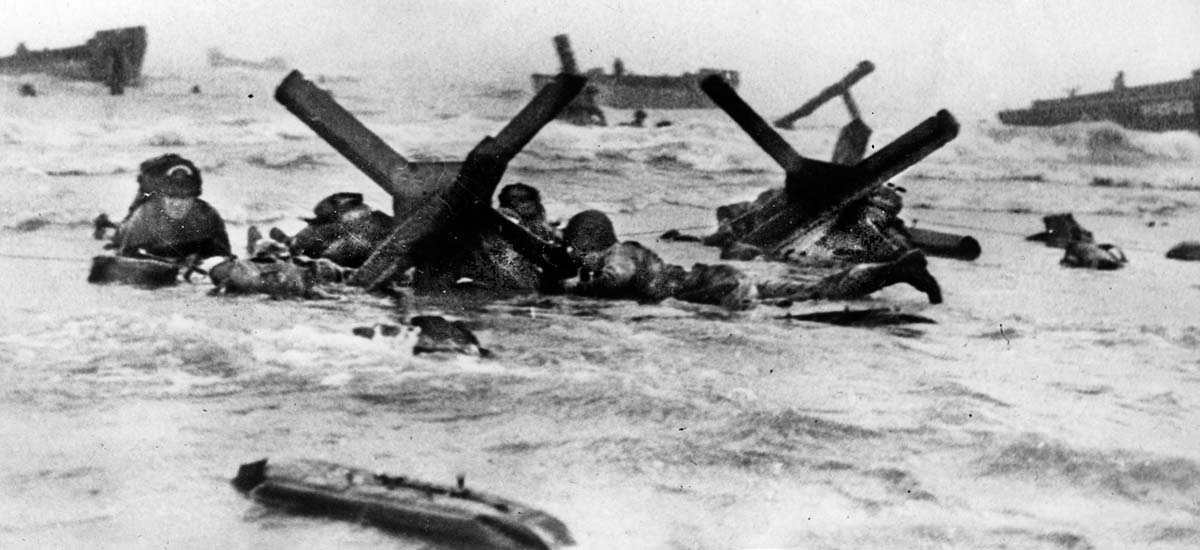
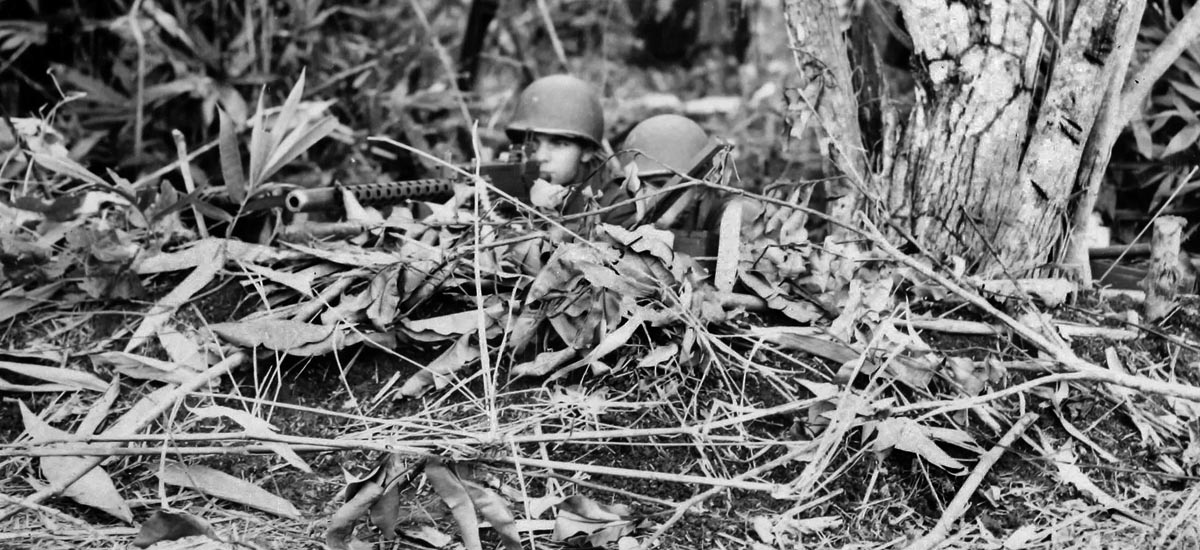
Join The Conversation
Comments
View All Comments